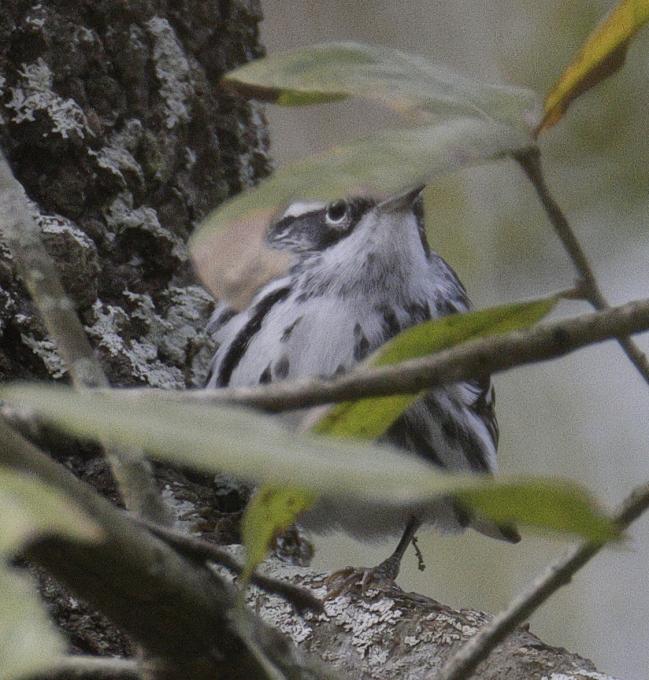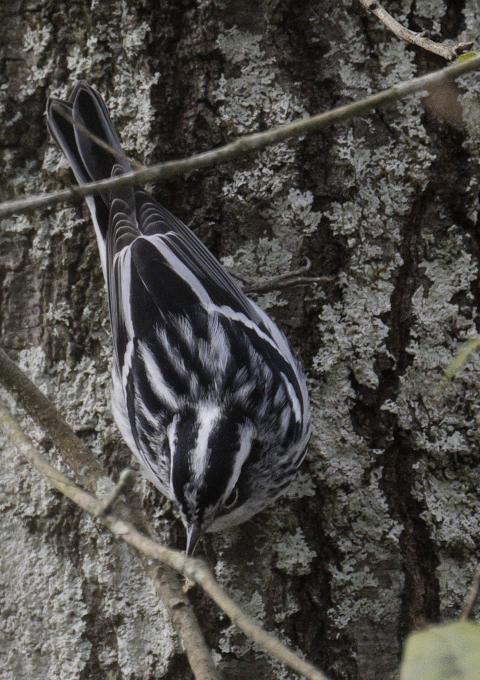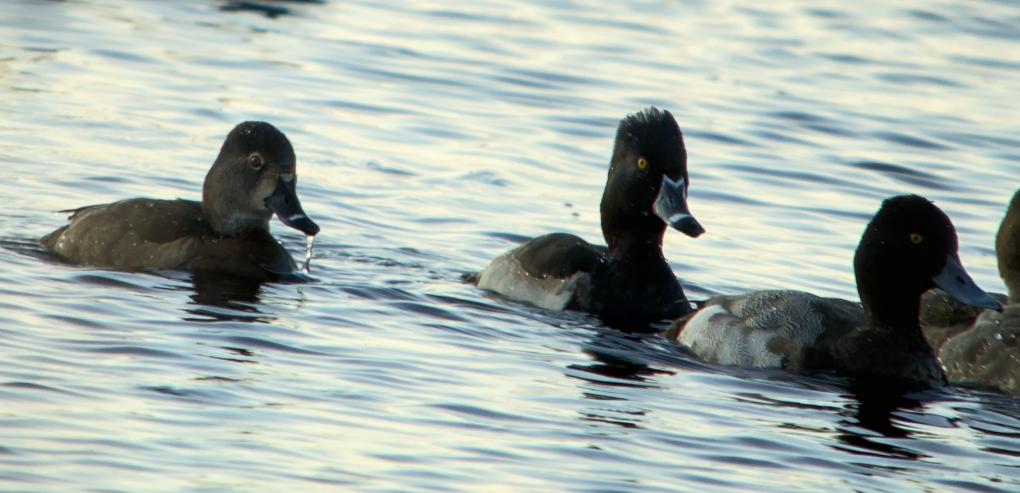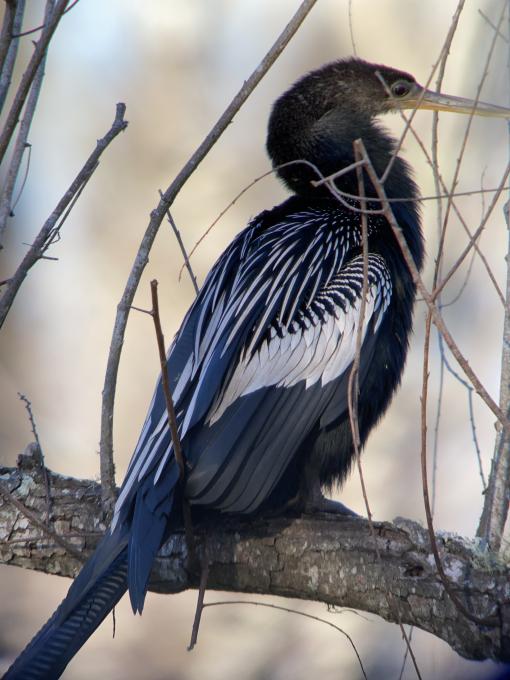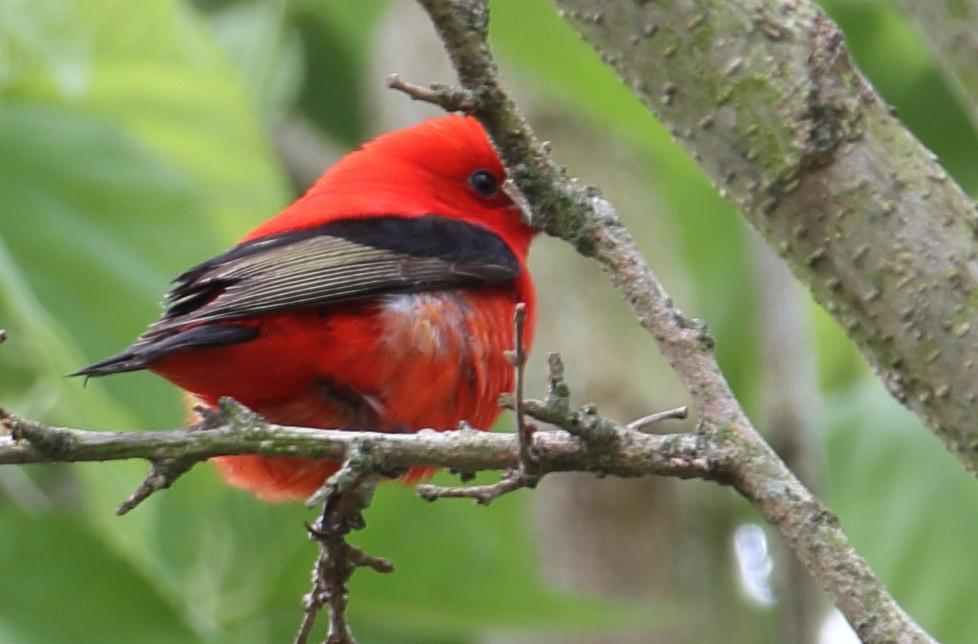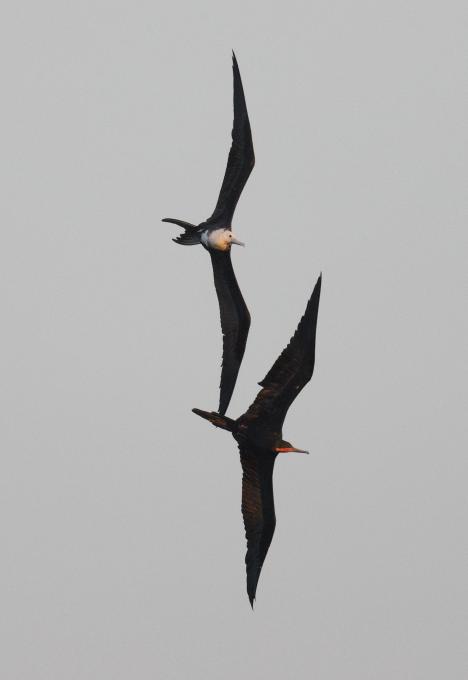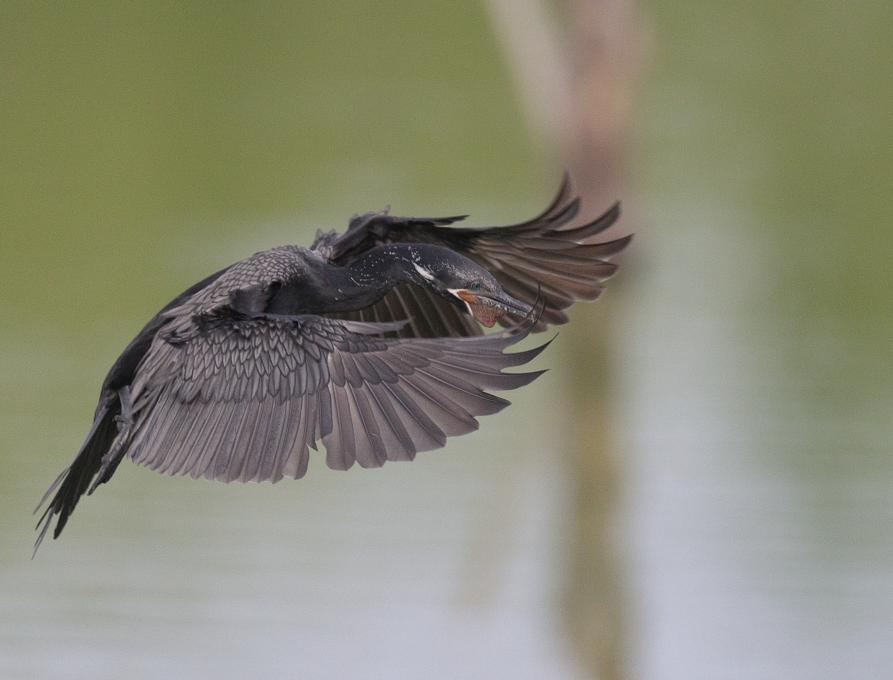Kris
Forum Replies Created
Viewing 5 posts - 1 through 5 (of 5 total)
-
KrisParticipantThis year, I will eliminate plastic use, only consume shade grown coffee and plant more native plants in my garden. Already do the other ones.in reply to: Activities: Helping Birds in Your World #858853
-
KrisParticipantI visited the Armand bayou nature center today and was fortunate to observe and photograph a black and white warbler. This was a new species for my life list. I used Merlin sound id because the birds were not visible at first and Merlin reported a brown creeper(infrequent for this region) and then I noticed the bird creeping along the trunk of the tree. I initially assumed this was the brown creeper. Later, Merlin Photo Id suggested black and white warbler. The species notes say "creeps along tree trunks and branches like a nimble nuthatch, probing the bark for insects.". Images attached.

 in reply to: Activities: Local Bird Exploration #852155
in reply to: Activities: Local Bird Exploration #852155 -
KrisParticipantActivity 2: An Anhinga, a Neotropic Cormorant and a Double Crested Cormorant are all birds that have black, white and yellow. The neotropic cormorant is the smallest of the three. The neotropic and double crested cormorants both have hooked beaks and can be told apart by the size and also the details of the orange-yellow skin around the bill and chin. The double crested cormorant has some orange-yellow skin in front of the eye and above the upper bill that is prominent and mush easier to notice than the very small amount that the neotropic cormorant has. The neotropic cormorant has a thin white line around the orange-yellow skin around the chin that looks like a forward titled V. The double crested cormorant does not have this thin line of white feathers. Both the neotropic and the double crested cormorant have blueish eyes during the breeding season, both birds are low diving fish hunters. The Anhinga has a lot more white on the wings and a straight bill that it uses to skewer prey. It hunts by staying submerged in water with the neck out of the water. All of these birds stand with their wings spread out to dry after a dive in the water. Neotropic Cormorant.
 in reply to: Activities: Bird ID Practice #851575
in reply to: Activities: Bird ID Practice #851575 -
KrisParticipantActivity 1: The sunbittern is my favorite bird of the ones I explored on the wall of birds. Activity 2: I went to a state park yesterday and observed 1) Songbird: A tufted titmouse (songbird). Also present and easily spotted were numerous northern cardinals, yellow rumped warblers, ruby crowned kinglets and blue gray gnatcatchers. 2) Waterbirds: Cormorants: An Anhinga perched quite close to the walking trail and not very concerned with the people passing close by. This is the closest I have ever been to one of these magneficent birds. Picture attached. Several migratory ducks were present and attached is a picture that has Ring necked ducks (one male and two female) and a lesser scaup(male). The duck and scaup males look quite similar at first glance. 3) Raptors: It was a good day for raptors, as I approached the gate in my car, I observed an Osprey carrying a fish and flying alongside the road presumably looking for a suitable perch. Turkey vultures are common occurrence in this park but yesterday there were several hundred vultures soaring. A white tailed hawk was also seen soaring. Activity 3: Of the song birds in my neighborhood, I absolutely love the scarlet tanagers. These are temporary visitors arriving in spring briefly when the mulberry tree in the backyard is full of ripe berries. I was able to photograph some this year. One of the pictures is attached.


 in reply to: Activities: Exploring Birds #850619
in reply to: Activities: Exploring Birds #850619 -
KrisParticipantAll of the the images shared here are from earlier in the season. I am spending more time observing birds these days and even tend to leave the camera at home recently in favor of the spotting scope. Hope to grab better versions of these images next season. The first 3 images are with a DSLR. A mirrorless camera with Auto eye AF simplifies birds in flight photography by tracking the birds eye automatically when the conditions are right. 1) Black bellied whistling duck. 2) Magnificent frigate birds. Not a very clear image and the birds were a fair distance away. This is a crop from a 1200mm (600 with 2x extender) image from a full frame sensor. These birds usually glide majestically over the water with barely a wing beat. When I observed both these birds performing high speed maneuvers, I took a few pictures. 3) Neotropic cormorant about to land. Again not a critically sharp image but it is a cool image.


 in reply to: Practice Capturing Birds in Flight #847141
in reply to: Practice Capturing Birds in Flight #847141
Viewing 5 posts - 1 through 5 (of 5 total)
